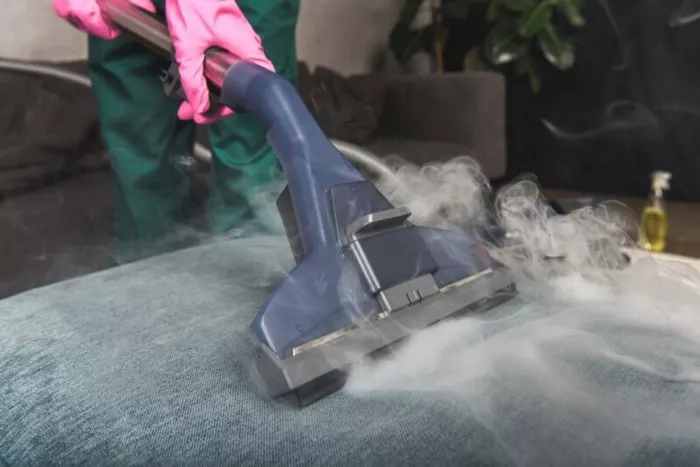Carpeting is a significant investment in any home or commercial space, and proper maintenance is crucial to ensure its longevity and appearance. Among the various cleaning methods available, steam cleaning stands out for its effectiveness in removing dirt, stains, and allergens from carpets. However, the question remains: how often should you steam clean your carpet to maintain its pristine condition? In this guide, we’ll delve into the factors that influence steam cleaning frequency and provide practical recommendations for both residential and commercial settings.
Factors Influencing Steam Cleaning Frequency
Before determining how often you should steam clean your carpet, it’s essential to consider several factors that affect the accumulation of dirt and contaminants:
1. Foot Traffic: The level of foot traffic your carpet experiences is a primary determinant of cleaning frequency. High-traffic areas, such as hallways, living rooms, and entryways, are prone to collecting more dirt, dust, and stains compared to low-traffic areas like bedrooms or closets.
2. Pets and Allergens: Pets, especially those that shed fur or dander, contribute to the buildup of allergens and odors in carpets. Additionally, pollen, dust mites, and other allergens can settle into carpet fibers over time, necessitating more frequent cleaning, especially for individuals with allergies or respiratory issues.
3. Spills and Stains: Accidental spills and stains are inevitable in any household or commercial space. Promptly addressing these spills can help prevent them from setting into the carpet fibers and becoming stubborn stains that require professional cleaning.
4. Indoor Air Quality: Carpets act as filters, trapping airborne particles and pollutants, thereby improving indoor air quality. However, this also means that carpets gradually accumulate dirt and allergens, requiring regular cleaning to maintain a healthy indoor environment.
Recommended Steam Cleaning Frequencies
Based on the aforementioned factors, here are general guidelines for how often you should steam clean your carpet:
Residential Settings:
1. Low-Traffic Areas: Steam clean every 12 to 18 months.
2. Moderate-Traffic Areas: Steam clean every 6 to 12 months.
3. High-Traffic Areas: Steam clean every 3 to 6 months.
Commercial Settings:
1. Light Commercial Use: Steam clean every 3 to 6 months.
2. Medium Commercial Use: Steam clean every 2 to 4 months.
3. Heavy Commercial Use: Steam clean every 1 to 3 months.
Conclusion
In conclusion, steam cleaning is an effective method for maintaining the cleanliness and longevity of carpets in both residential and commercial settings. By considering factors such as foot traffic, presence of pets and allergens, spills and stains, and indoor air quality, you can determine the appropriate frequency for steam cleaning your carpet. Regular steam cleaning not only enhances the appearance of your carpet but also contributes to a healthier indoor environment for you and your family or customers. By following the recommendations outlined in this guide, you can maximize the lifespan of your carpet and enjoy its benefits for years to come.
FAQs
Q1: Can I steam clean my carpet too often?
A1: While steam cleaning is an effective method for removing dirt and stains, excessive cleaning can lead to wear and tear on carpet fibers and padding. It’s best to adhere to the recommended cleaning frequencies based on factors like foot traffic and usage patterns to avoid over-cleaning.
Q2: Is steam cleaning suitable for all types of carpets?
A2: Steam cleaning is generally safe for most carpets, but it’s essential to check the manufacturer’s guidelines and any warranty specifications. Some delicate or specialty carpets may require alternative cleaning methods to prevent damage.
Q3: Can I steam clean my carpet myself, or should I hire a professional?
A3: While DIY steam cleaning machines are available for home use, hiring a professional carpet cleaning service is recommended for thorough and effective results, especially for heavily soiled carpets or larger commercial spaces. Professionals have the expertise, specialized equipment, and cleaning solutions to tackle tough stains and ensure proper drying to prevent mold and mildew growth.

